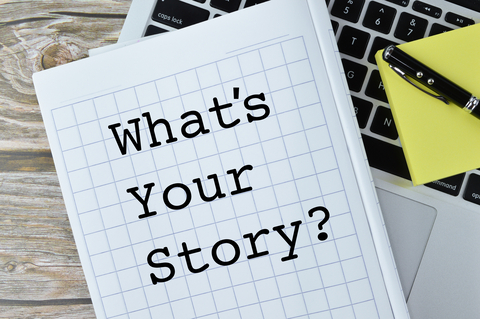Telling a story is a powerful way to win over the heart and mind of your listener whether you are presenting research/data, sharing your value proposition or selling a service or product. In this complimentary lesson we will review the best practices of when, where, why and how to use storytelling for persuasiveness.

Think Mind Over Mouth
The ability to convey ideas with a significant impact is highly associated with career and organizational success. Yet, technology leaders and professionals face a major challenge; simplifying complex and technical information so that others “get it”, buy-in, and take action for the best results. Here are some truths about transmitting knowledge and influencing others outside your field: Knowing your topic does not equal speaking clearly about your topic. Your listeners likely don’t care about your



